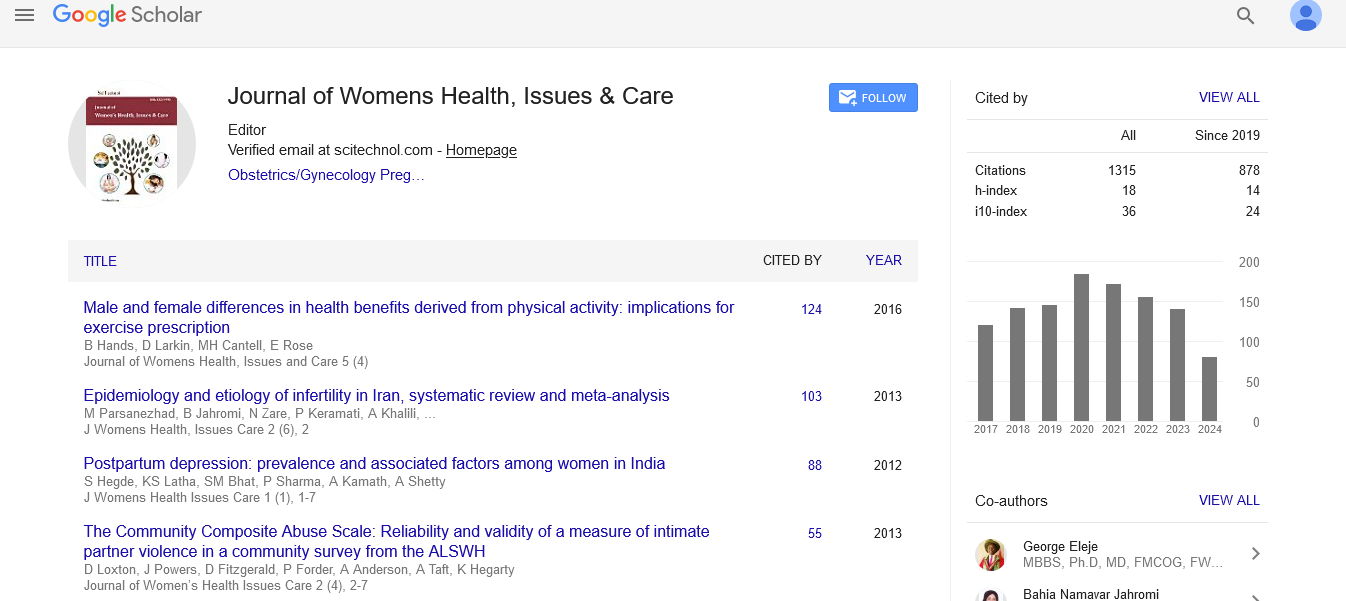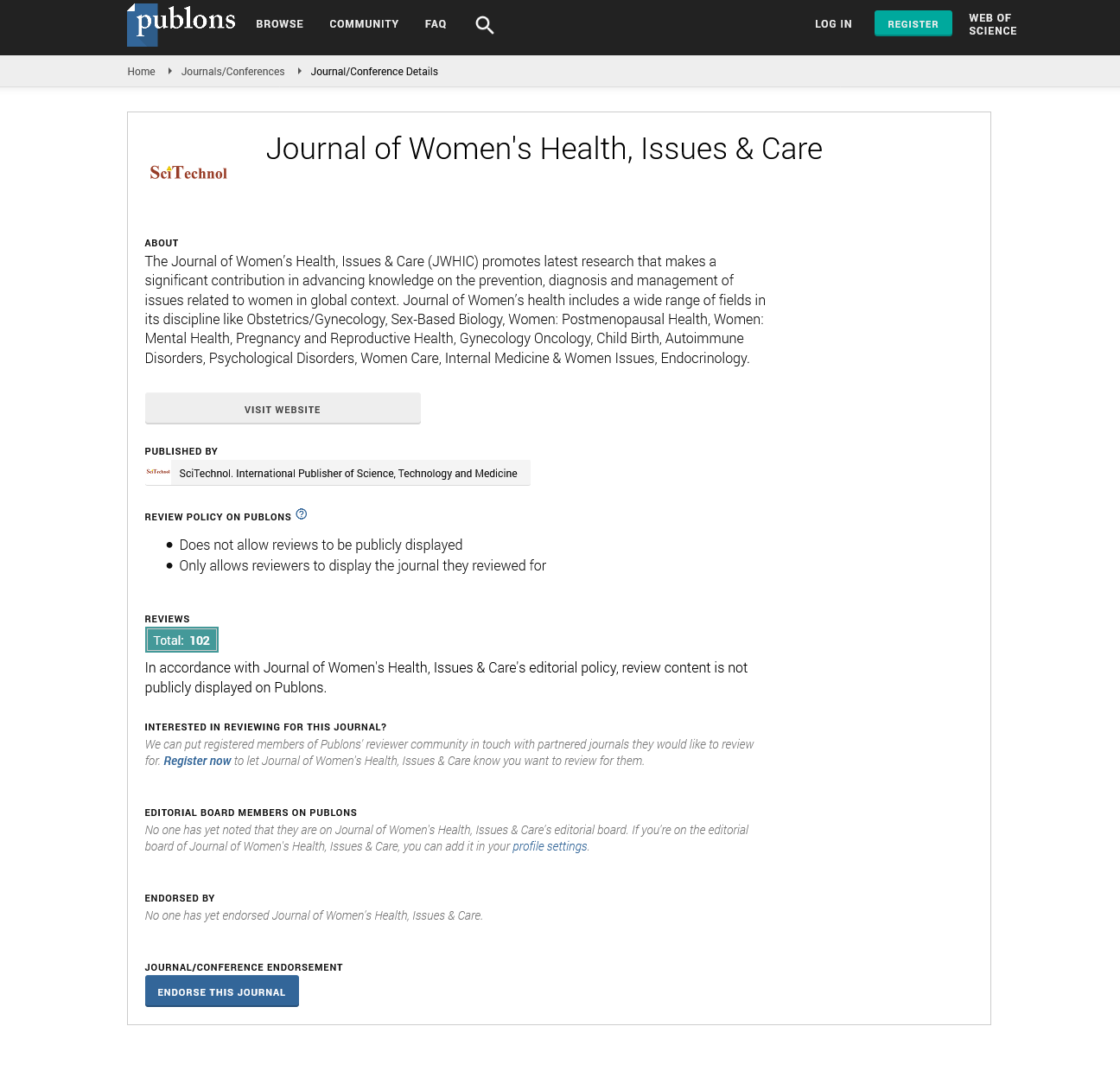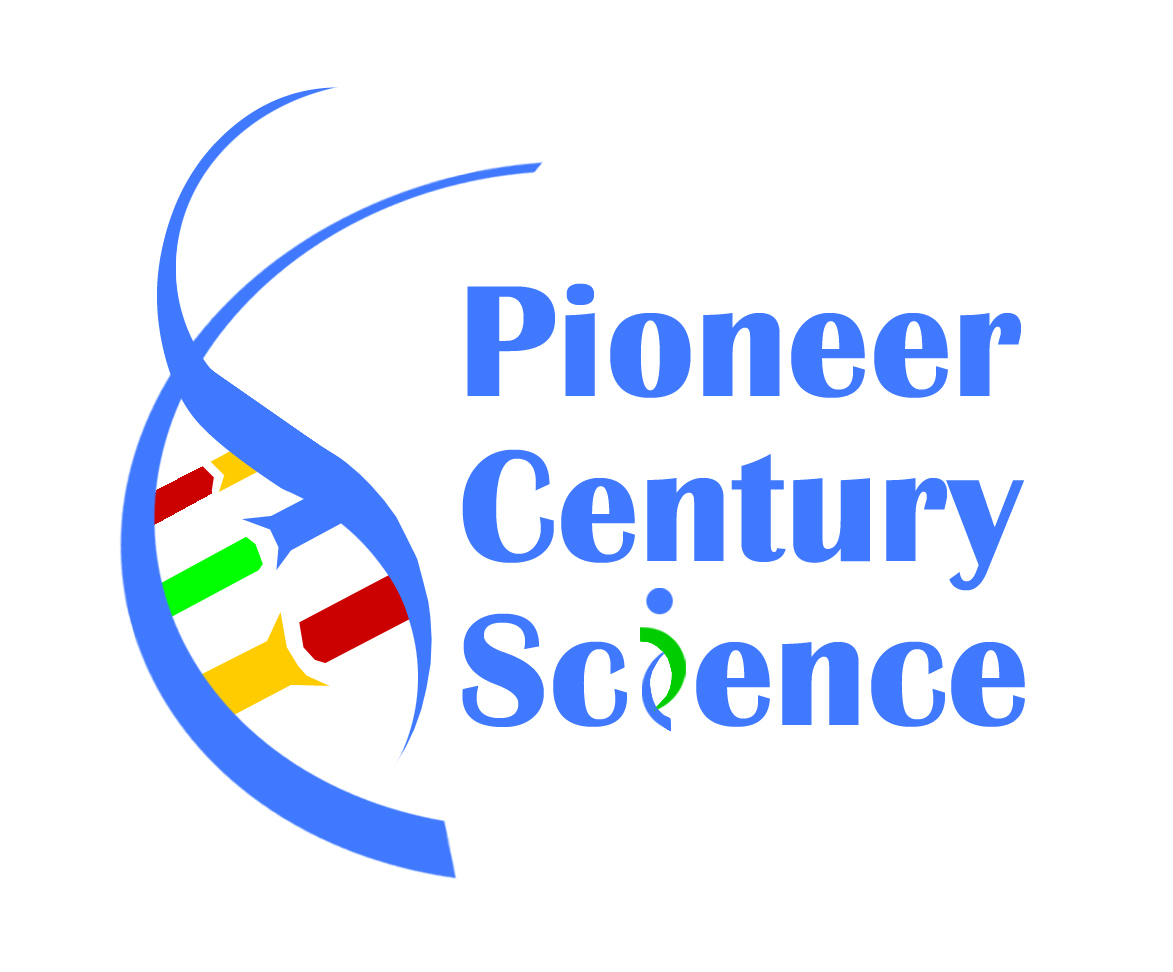Case report of primary infertility treatment in a 29-year-old woman with a history of severe polycystic ovary syndrome, a 6-cm endometrial cyst, blocked fallopian tube, high prolactin, and two years of unsuccessful attempts
Fatemeh Keshavarz
Kazerun Branch of the Azad University, Iran
: J Womens Health, Issues Care
Abstract
Infertility due to polycystic ovary syndrome: Increased immature follicles on the ovary, irregular periods, and lack of proper ovulation can make it difficult to get pregnant, and PCOS syndrome is considered one of the main causes of infertility. These people have increased weight and high uterine thickness, which increases the chances of fertility in these people with weight loss and a healthy lifestyle. Unfortunately, the young age of developing this syndrome is increasing day by day due to lack of exercise and unhealthy nutrition, increased stress, as well as the high costs of infertility treatment. However, this problem can be easily overcome by changing lifestyle and modifying behavior alone, and this syndrome cannot determine the fertility power of a woman, but they focus a lot on this issue in infertility assessments. AMH may be high or low in these people, and the reason for this instability, disorders, and hormonal irregularities in these people. The endometrium is the tissue that forms the inner lining of the uterus; Ovarian endometriosis is a condition in which endometrial tissue grows in other parts of the body, especially the pelvis and ovaries. Pelvic pain is the most common symptom of endometriosis, but some women with endometriosis may experience infertility. Research has shown that infertility affects 30%-50% of people with endometriosis. Endometriosis lesions can cause inflammation in the affected areas and scar tissue. It can also cause adhesions of various tissues. Blockage, inflammation, or infection of the fallopian tubes is very involved in infertility and may be overlooked by therapists. However, many patients have been able to have successful pregnancies by changing their lifestyle despite severe symptoms of polycystic ovary syndrome, ovarian cysts, including endometrium, and inflammation of the fallopian tubes. Findings: After about 9 months of lifestyle modification, the patient conceived twins naturally and without any hormonal drugs. She is currently in the 25th week of pregnancy and the health of the fetus has been confirmed by ultrasound. Conclusion: Given the high rates of infertility and the high costs of treatment, and given the effectiveness and low cost of this lifestyle modification treatment method, it seems necessary to pay more attention to this treatment method.
Biography
Fatemeh Keshavarz is an Iranian practitioner specializing in infertility care through lifestyle modification. A graduate of the Kazerun Branch of the Islamic Azad University, she helps women overcome fertility challenges using natural, holistic methods. Guided by Professor Flora Tajiki, Fatemeh provides both in-person and online consultations, offering hope to those with PCOS, endometrial cysts, and hormonal imbalances after years of unsuccessful treatments.
 Spanish
Spanish  Chinese
Chinese  Russian
Russian  German
German  French
French  Japanese
Japanese  Portuguese
Portuguese  Hindi
Hindi 



